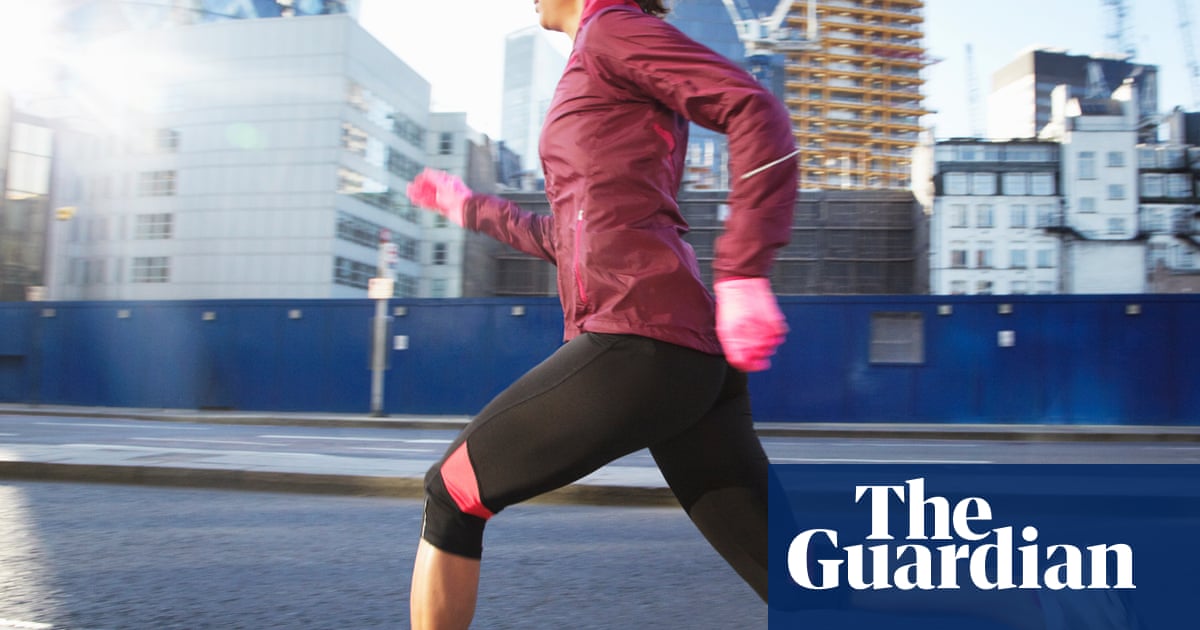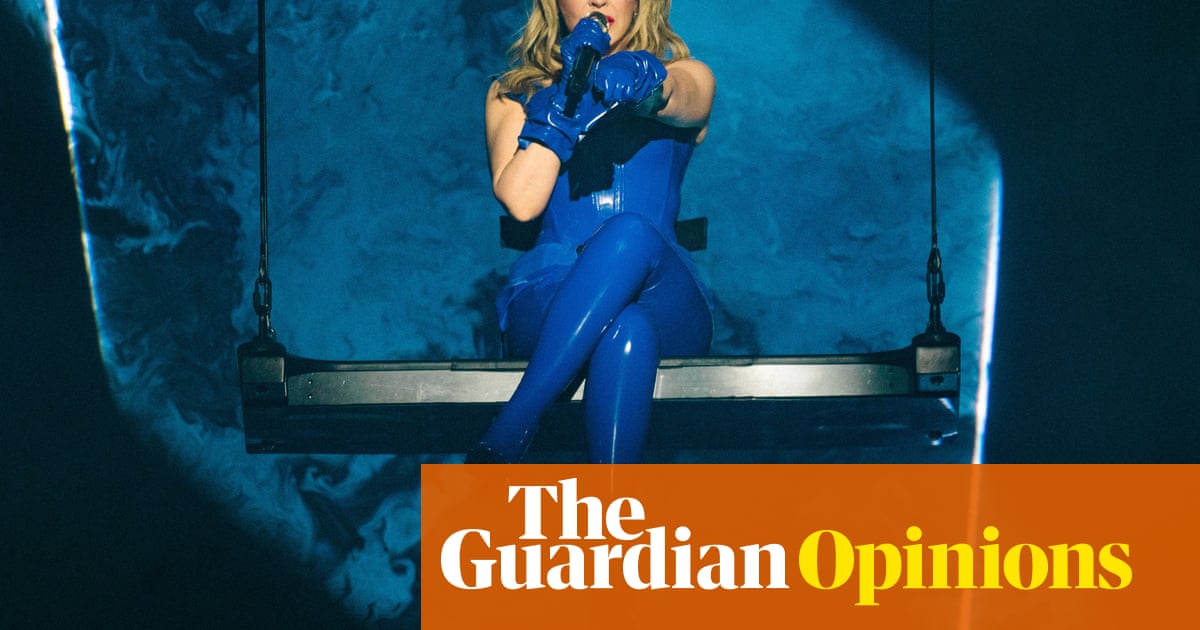Hear that sound? It is the fingertaps of Gen Z scrolling through Instagram reels and TikToks. The pings of card readers as more stylish gear leaves the shelves. The drumbeat of cushioned soles on pavements up and down the country. But, most of all, it is the noise of the jaws of the smartest people in sport crashing to the floor. Because, suddenly and entirely unexpectedly, we are in the third great running boom, one that almost nobody saw coming and powered almost entirely by Gen Z, particularly women.
“You go back to the first boom in the 1970s and 80s and there was no real diversity: it was all thin, skinny, white guys in very tight shorts,” says Hugh Brasher, the event director of the London Marathon. The second boom? That, he says, came after Paula Radcliffe broke the world marathon record in 2003, leading to a big jump in women taking up running, before parkrun grew the numbers again.
“You look now and it really is all ethnicities and demographics,” Brasher says.
“This explosion – and it really is an explosion – has been brilliant to see. I wish that any of us could say we created it, like Netflix and Drive to Survive, or even saw it coming. But we didn’t. It’s been an organic explosion.”
The numbers are staggering. More than 1.1 million have entered the ballot for the 2026 London Marathon – not only a world record but nearly double the figure from two years ago. Strikingly, for the first time, the male/female split is almost 50/50. The race is also getting younger: more than a third of UK entries are aged from 18 to 29 years old.
So what is going on? Part of it is a happy confluence of circumstances. Running has always been cheap and accessible. Now it is also fashionable. But dig a little deeper, and there are some interesting things going on. Last month, for instance, Sport England found that while there were 349,000 more runners in England in 2024 compared to 2023 that rise was almost entirely fuelled by women.
“Part of the rise is because brands have cottoned on to the fact that women are willing to spend a lot of money on products that work better and look nicer,” says Lee Glandorf, a marketer who works with sports brands on their editorial strategy and writes a Substack on sport and fashion. “Lululemon, in particular, led the way and did a lot of the work to make running fashionable.
“But I also know that for a long time, Hoka’s internal motto was ‘win with women’. They put a lot of energy into making running shoes fashionable and comfortable for women. They seeded a lot of influencers and they did a lot of messaging around soft wins, the idea it is OK to run slowly and that winning can be achieved in different ways.”
While the traditional running world may sneer, Glandorf says influencers have played a significant part. “This huge ecosystem of female creators definitely brings in younger women,” she says. “Mostly they are not pro athletes. Instead the younger generation is being inspired by people who look like them or have a similar background.”
There is one myth worth shattering, however. It was not the pandemic that led to the spike in running. That, says Brasher, only came in 2023. But Covid‑19 did play a part. “We used to have to go into the office five days a week,” he says. And we socialised through work. A lot of that cohesion has gone and therefore it needs to be replaced. People want to be together in a community they enjoy and running has myriad diverse communities.”
That is particularly true of Gen Z, which has been hit harder than most. Research also shows Gen Z drinks much less than previous generations and is more aware of mental health. “The research is now showing that running is better than taking a pill to help with depression,” Brasher says.
after newsletter promotion
Another factor behind the boom is the explosion in a new breed of running clubs or ‘crews’, bringing people together in a more communal way. In the buildup to the London Marathon, the sports brand Tracksmith had up to 400 runners gather outside its shop for its Sunday morning long runs with pacers running between 6.45 minute- and 12-minute miles.
“The growth over the past two years has been crazy,” says Tracksmith’s community leader, Amrit Ghatora. “But there are so many crews now, from black trail runners to Asian running groups, so there really is something for everyone. If you come to a run club for the first time, it can be an intimidating experience. But we do everything to ensure that no one feels left out and it is a really enjoyable experience.”
This latest running boom has not yet had an impact on elite track and field. Nick Pearson, who was formerly in charge of parkrun and now is chief executive of the talent agency Forte management, says that does not matter. “There are some people who say this boom won’t last, but I disagree. The direction of travel is upwards and you’ve still got some really significant pockets, particularly in some cultural female groups, that can be unlocked into running.
“And why would it go away? It’s free. It’s unbelievably accessible. It’s cheap. Anyone can do it. And the super boost behind this latest boom is Gen Z. They socialise differently. They look for experiences differently and right now, we’ve just got this perfect storm going on.”










